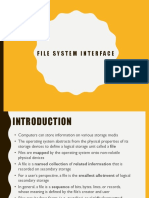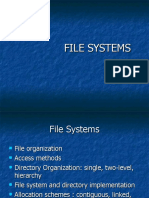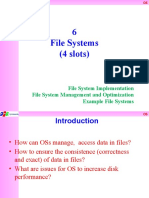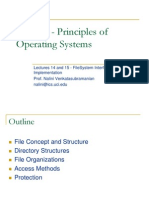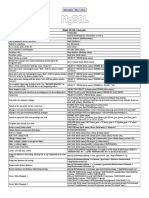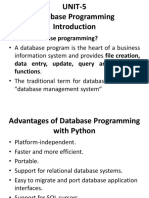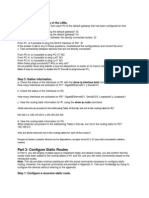0% found this document useful (0 votes)
32 views50 pagesAdvanced Operating Systems - 3
Chapter 3 of the Advanced Operating Systems discusses files and file systems, covering key concepts such as file metadata, naming systems, and typical file system operations. It explains the structure and implementation of file systems, including physical and logical aspects, as well as optimization techniques. Additionally, it outlines various file operations, directory management, and the booting process of an operating system.
Uploaded by
salehali2922qrCopyright
© © All Rights Reserved
We take content rights seriously. If you suspect this is your content, claim it here.
Available Formats
Download as PDF, TXT or read online on Scribd
0% found this document useful (0 votes)
32 views50 pagesAdvanced Operating Systems - 3
Chapter 3 of the Advanced Operating Systems discusses files and file systems, covering key concepts such as file metadata, naming systems, and typical file system operations. It explains the structure and implementation of file systems, including physical and logical aspects, as well as optimization techniques. Additionally, it outlines various file operations, directory management, and the booting process of an operating system.
Uploaded by
salehali2922qrCopyright
© © All Rights Reserved
We take content rights seriously. If you suspect this is your content, claim it here.
Available Formats
Download as PDF, TXT or read online on Scribd
/ 50














